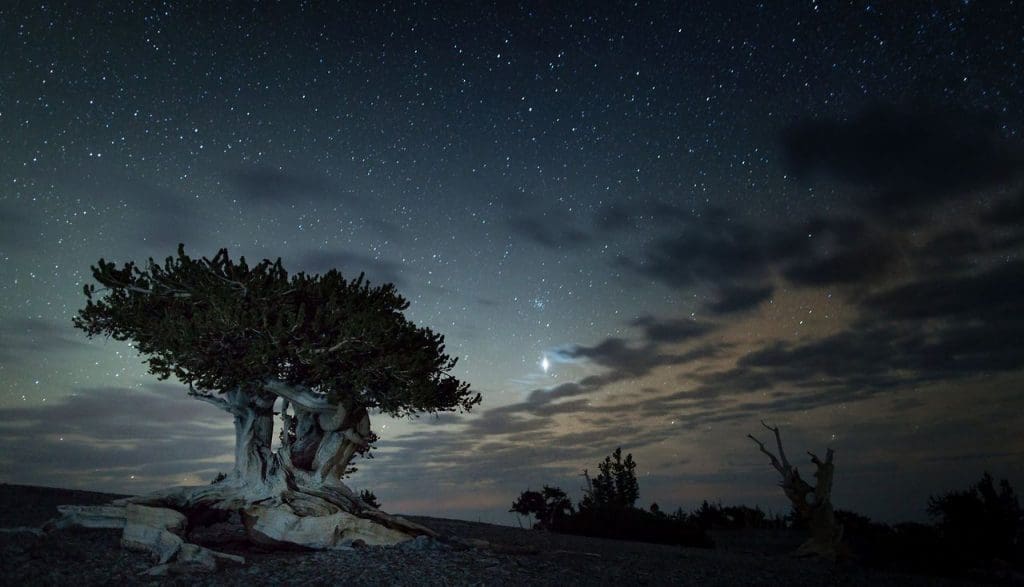
Dark Sky Parks
You may have heard “half the park is after dark,” a slogan from a line of posters created by astronomer and educator Tyler Nordgren. Now the saying rings true as the unofficial motto of the NPS “Night Skies” program.
Many of our national parks are protected from the light pollution of bustling cities by their relative isolation, giving visitors unprecedented views of the night sky. The International Dark-Sky Association is a nonprofit organization dedicated to protecting dark skies and keeping light pollution at bay so present and future generations can enjoy the stars. The association recognizes lands across the world that possess exceptional night sky views and “a nocturnal environment that is specifically protected for its scientific, natural, educational, cultural heritage, and/or public enjoyment.” In order to be designated as International Dark Sky Parks, these lands must use approved outdoor lighting that does not contribute to light pollution and also offer dark sky viewing programs for visitors.
NPS takes the protection of dark night skies seriously, recognizing that these nightscapes represent another facet of preserving nature untouched by man. To date, more than 40 NPS units have earned the honor of being recognized as Dark Sky Parks, including many WNPA partner parks: Black Canyon of the Gunnison National Park, Capulin Volcano National Monument, Chaco Culture National Historical Park, Chiricahua National Monument, Curecanti National Recreation Area, El Morro National Monument, Fort Union National Monument, Great Basin National Park, Great Sand Dunes National Park and Preserve, Lyndon B Johnson National Historical Park, Salinas Pueblo Missions National Monument, Sunset Crater Volcano National Monument, Tonto National Monument, Tumacácori National Historical Park , Walnut Canyon National Monument, and Wupatki National Monument. These parks and many others offer night sky programming for visitors, such as stargazing, night hikes, and ranger-led interpretive programs about the wonders of the night sky. There is also a Junior Ranger Night Explorer program where children between the ages of five and 12 learn about astronomy, nocturnal wildlife, and light pollution. Dark Sky Week was created in 2003 by Jennifer Barlow, a high school student. It has grown to be a worldwide event. Every April during the week of the new moon, people around the world turn off unnecessary lighting to temporarily reduce light pollution. During Dark Sky Week (or any time of the year), a visit to a Dark Sky Park is a very special experience.




